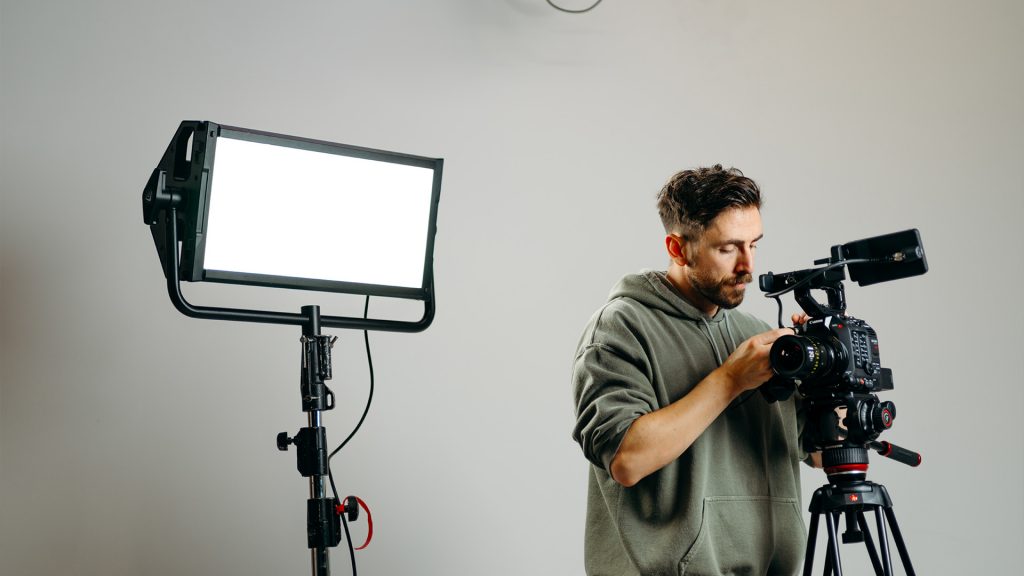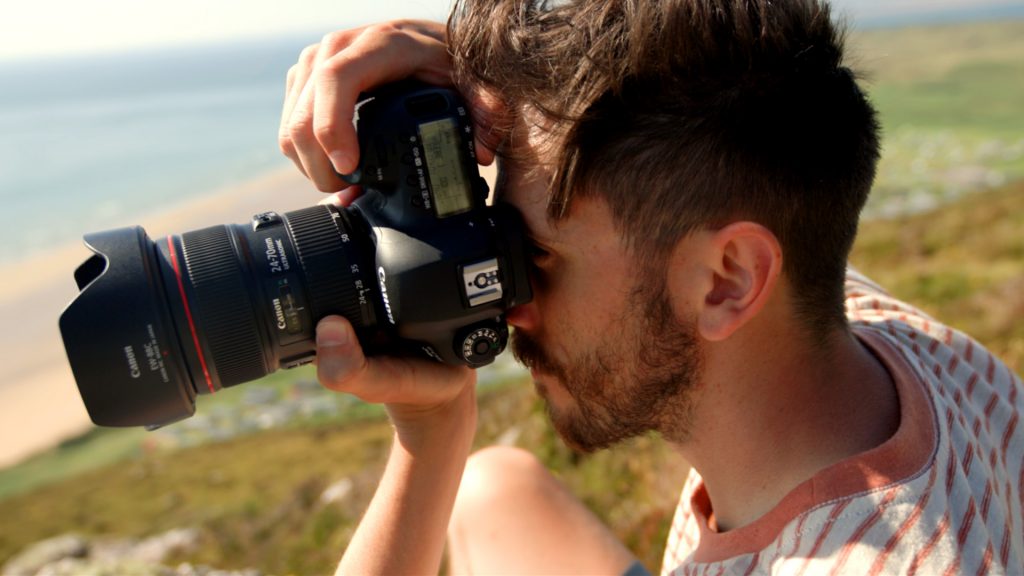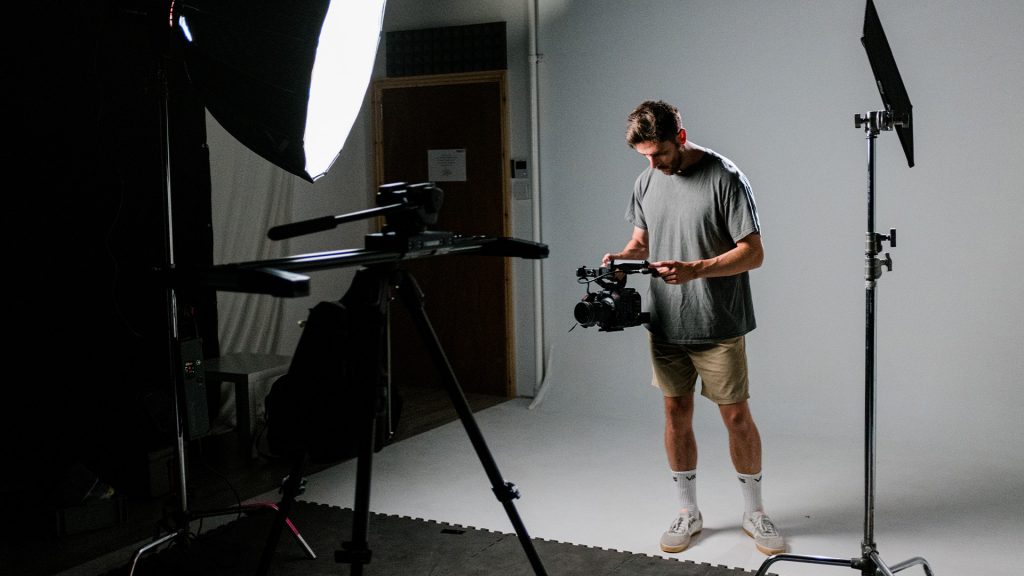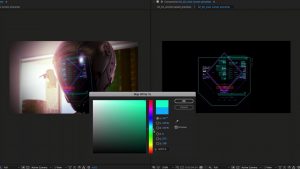Has the annual trend of new camera releases finally come to an end? Camera technology itself may be to blame.
Over the last 5-10 years, innovation in camera technology has led to annual releases, with each new model capable of bigger and better things. However, this year, and perhaps last year too, we’ve started to see a slowdown in new camera releases. This could be attributed to the COVID years and the chip shortage which halted R&D. Yet, I would argue it’s more because cameras now are better than ever, and the incremental advances don’t warrant a new model every other year.
Regarding Canon, as a company: they tend to take their time releasing new cinema cameras regardless of global pandemics or chip shortages. Canon’s current cinema line-up includes the C700, the C500 Mk II, the C300 Mk III, the C70, and the R5 C, which is a hybrid mirrorless camera that leans heavily towards filmmaking. And if we look into the timeline of these cameras, the C300 Mark II was announced back in September 2015, and the Mark III didn’t come out until April 2020. The original C500 was released in 2012, with the Mark II following in September 2019. The C70 came out in 2020, arguably replacing the C100 line, which saw the C100 Mk II in 2014. The C200 was released in 2017, and we haven’t seen a new iteration since.

On average, we’re looking at a new model every seven years or so. So, by all accounts, we should expect a new camera sometime soon, right? Perhaps in 2025? Well, I’d argue that we might see one next year, considering that Canon has been cannibalizing its own line. Let me explain.
The End of the EF System
There are two primary factors at play here. The first is the end of the EF mount. The last camera release with an EF mount was in 2020, with the 1D X Mk III, a professional stills camera aimed at sports photographers. Canon’s CEO, Fujio Mitarai, stated, “Canon’s SLR flagship model is known as the EOS-1 series, the first of which appeared in 1989. The latest model—EOS-1D X Mark III—released in 2020, will be the last mode.”

That’s fine. It is time to move on. Since the 1D X Mark III, Canon has consistently discontinued its EF lens mount production to focus primarily on RF lenses. Given that mirrorless is their primary focus, this does make sense. However, it feels slightly disjointed to see that Canon’s flagship cinema cameras don’t use RF lenses. If you were an R5 user and wanted a powerful tool like the C300 Mk III, you’d need to invest in an entirely different set of lenses. Or, if you were a C300 user and wanted to switch to the R5, you’d miss out on using the newer lens technology with the latest camera.
Before we can talk about where Canon is likely heading, we can’t go forward without discussing its current flagship EOS Cine camera, which is more the C300 than the C500 on a broader scale. As noted earlier, I am a former C300 Mk III owner, and the camera has always had some great quality-of-life features that made it great to use. This includes the fantastic built-in ND system as well as dual XLR ports, which are great for documentary and run-and-gun filmmakers.
The 4K super 35 sensor Canon has used in both it and the C70 is absolutely excellent. It has a physical size of 26.2 millimeters by 13.8 millimeters and a native ISO of 800 in c-log 2. You can record up to DCI 4K, which uses the full super 35 sensor. Canon claims that this sensor can capture up to 16 stops of dynamic range, partly due to the implementation of a technique known as dual gain output. This isn’t a new technique and is used by arguably the most popular digital cinematography camera ever made, the Alexa. It features in-body stabilization, 4k 120fps, Canon’s great autofocus, and is incredibly modular for indie builds up to sports filming.
The list goes on. It’s a fantastic, top-of-the-range camera. Originally priced at around £10,500, including VAT, it’s since been reduced to £8,600 and can be purchased for even less on the aftermarket.
The C70 Has Become Powerful
But here’s where things get a little tricky, and why it seems like we’re on the verge of a new cinema camera from Canon. Introduced later in 2020, Canon presented the C70, a video-focused cinema camera in the realms of a mirrorless-like designed body. It was their first RF video camera, designed to sit in the lower range of a mid-tier budget to compete against the likes of the FX6, the Komodo, and the Pocket Cinema cameras from Blackmagic. Essentially a stepping stone for those who wanted to move from the hybrid world to a dedicated video system without dropping over 10k.
At the time, the C70 was nearly 60% of the cost of the C300 Mk III, and the features showed it. No RAW, no IBIS, and the color is not as great as the more prestigious models. However, since the R5’s release, we have seen multiple firmware updates, some small, some very significant. But over time, the camera has evolved into something completely different. With the likes of Canon RAW, multiple intraframe recording capabilities, eye autofocus, better color rendition with the Canon 709 color profile, and many more quality-of-life updates, the gap between the C300 and C70 isn’t as wide now, but the price difference certainly is.
While you can argue that the C300 has a very different form factor, an SDI output, and better integration into more workflows, given you can get 90% of the internal features now in the C70 without paying nearly £4000 more, it raises questions.

C200 Mk II In 2024? Most Likely
So, what is next? We’re certainly not in the business of reporting on rumors. But, given that Canon has been discontinuing its EF line, and bulking up the C70 without giving too much love to the C300 and C500 with the now old mounts, I think we’re going to see the next iteration of the C200. The C200 Mk II.
It has been suggested by outlets that the C200 Mk II will have the same image sensor and connection ports as the Cinema EOS C300 Mark III, be compatible with Cinema EOS C300 Mark III and Cinema EOS C500 Mark II accessories, include timecode, SDI terminals, and of course, the elusive RF mount.
The C200 initially cost $7,500, which is slightly more than the current cost of the C70, but also less than the C300 Mk III. And I think this would probably be a good entry point. A dedicated build for video, unlike the C70, but with some of the newer technology we’ve seen arrive on the scene over the last three years. And given that Sony is winning a lot of fan acclaim with using the FX3 to film The Creator, I think Canon needs to knock this one out of the park.
Looking for filmmaking tips and tricks? Check out our YouTube channel for tutorials like this . . .



